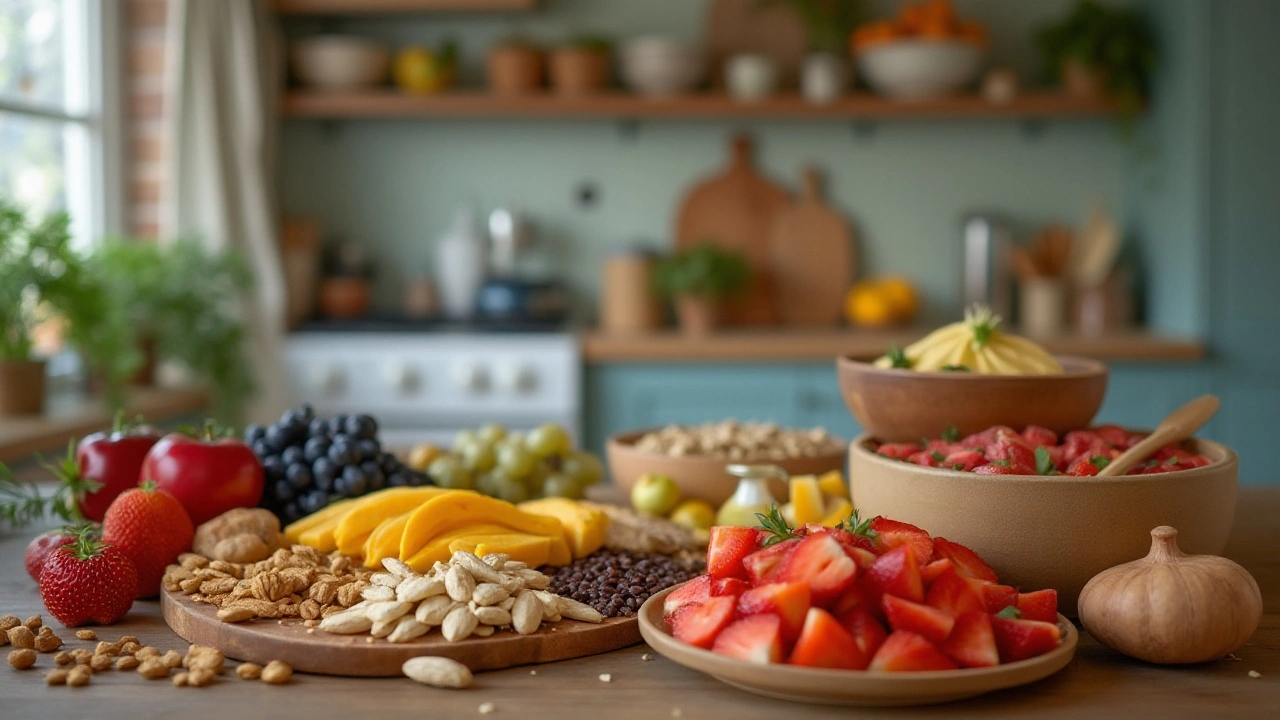Diabetic Snacks for Dogs: Safe, Low‑Carb Treats Your Dog Will Love
Diabetes doesn’t mean your dog has to go treat-free. The trick is choosing low‑carb, moderate‑protein snacks that won’t spike blood sugar. Here you’ll find vet-friendly options, portion ideas, a simple homemade recipe, and quick warnings so you can treat without guessing.
Vet‑Approved Snack Choices
Green beans (fresh or steamed): low calories and filling. Small dogs: up to 1/4 cup; medium: 1/3 cup; large: up to 1/2 cup. Plain canned pumpkin (not pie mix): good fiber to steady glucose — use 1 teaspoon for tiny dogs up to 1 tablespoon for medium/large dogs. Apple slices (no core or seeds): 1–2 thin slices for small dogs, 3–4 for bigger dogs. Cooked lean poultry or fish: skinless chicken or canned tuna in water — tiny pieces as treats, about a teaspoon per small dog. Plain Greek yogurt (unsweetened): a teaspoon to a tablespoon depending on size; helps with protein and probiotics but watch lactose intolerance. Low‑fat cottage cheese: small amounts work for many dogs — keep portions tiny. Carrot sticks: crunchy and lower in calories than many treats; give small pieces. Frozen green beans or plain broth ice cubes make long, low‑calorie snacks for warm days.
What to Avoid and Why
Never give xylitol (found in some peanut butters and sugar‑free products) — it causes dangerous drops in blood sugar and liver damage. Avoid grapes/raisins, chocolate, sugary baked goods, white bread, and high‑carb commercial treats labeled with corn syrup or lots of sugar. Treats high in carbs will raise glucose fast and can undo careful insulin management.
Keep treats to under 10% of daily calories. That means measuring — don’t toss handfuls of treats. Use a teaspoon, a small measuring cup, or pre‑weigh portions so you know exactly how many calories and carbs your dog gets.
Quick homemade protein bites: mix 1 cooked, shredded chicken breast (about 3 oz), 1 egg, and 1 tablespoon plain cottage cheese. Pulse a few times so it holds together, spoon into tiny silicone molds, and bake at 350°F (175°C) for 12–15 minutes until set. Cool and cut to size: makes small, low‑carb treats that freeze well. Start with one piece and watch glucose response over 24 hours.
Practical feeding tips: give treats after meals or exercise to avoid sudden spikes, and always record treats, time, and any blood glucose checks. If you notice unexpected highs or lows after a new snack, stop and call your vet before changing insulin. Small dogs respond strongly to even tiny portions, so scale down accordingly.
If you’re unsure, your vet can help build a treat plan tied to calorie goals and insulin timing. With the right snacks and simple measuring, you can reward your dog and keep blood sugar steady.

Delicious and Nutritious Snacks for Diabetes Management
Discover a world of satisfying and health-conscious snack options tailored for those managing diabetes. This article delves into tasty choices that not only keep blood sugar stable but also provide essential nutrition to help maintain energy levels throughout the day. Learn practical tips on snack preparation and explore why a balanced diet plays a vital role in managing diabetes effectively. By choosing wisely, snacking can be both an enjoyable and beneficial part of a diabetic-friendly lifestyle.

Health Juice: Your Easy Route to Better Hydration
Aug, 21 2024



